Generac QT08054KVNNA Bruksanvisning
Läs gratis den bruksanvisning för Generac QT08054KVNNA (144 sidor) i kategorin Generator. Guiden har ansetts hjälpsam av 14 personer och har ett genomsnittsbetyg på 4.7 stjärnor baserat på 7.5 recensioner. Har du en fråga om Generac QT08054KVNNA eller vill du ställa frågor till andra användare av produkten? Ställ en fråga
Sida 1/144
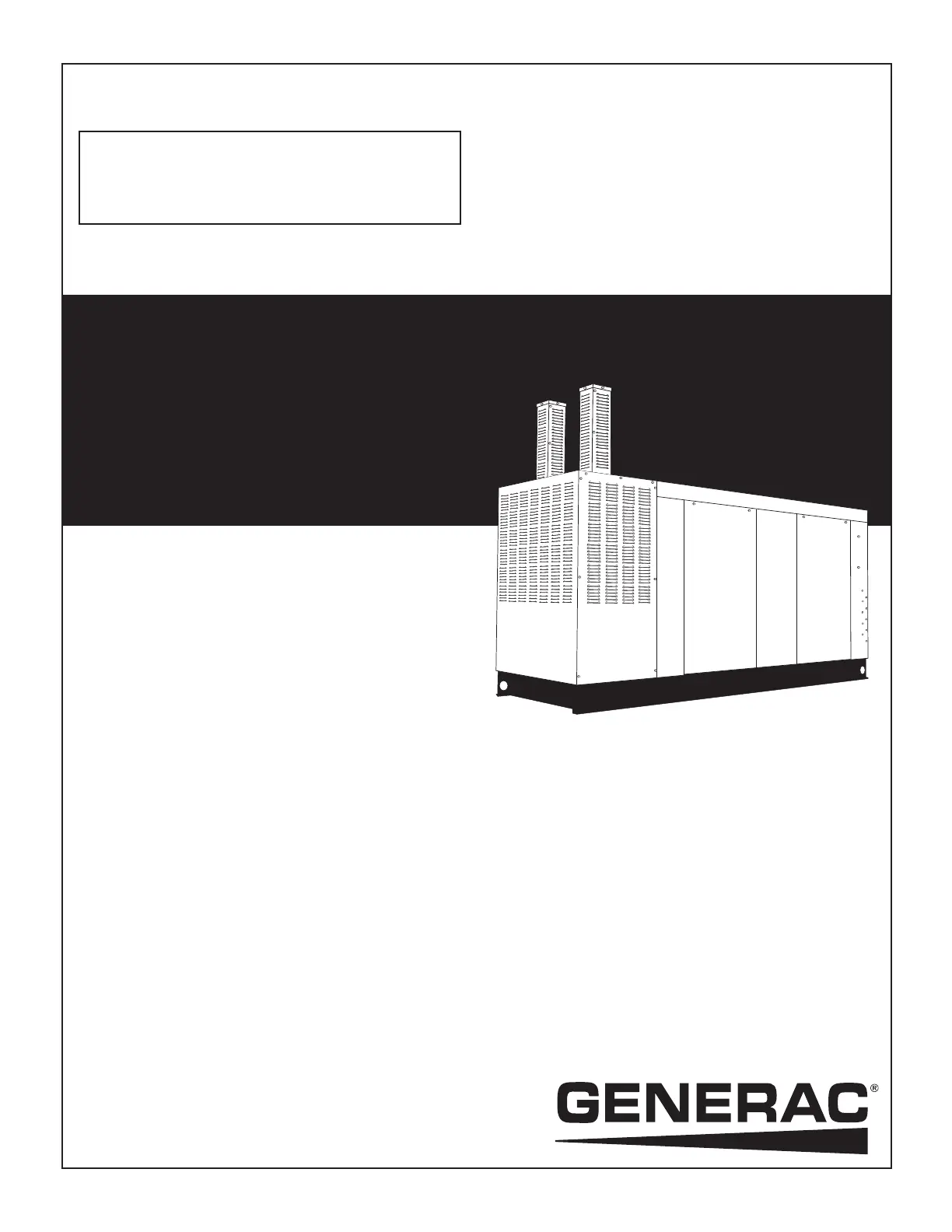
STATIONARY EMERGENCY GENERATOR
OWNER'S MANUAL
This manual should remain with the unit.
Serial Number
Industrial QT
5.4L
80kW
Models
A new standard of reliability
Cover049 Rev. A 03/09
Part No. 0G1215
Produktspecifikationer
| Varumärke: | Generac |
| Kategori: | Generator |
| Modell: | QT08054KVNNA |
Behöver du hjälp?
Om du behöver hjälp med Generac QT08054KVNNA ställ en fråga nedan och andra användare kommer att svara dig
Generator Generac Manualer
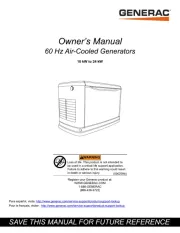
19 Augusti 2025
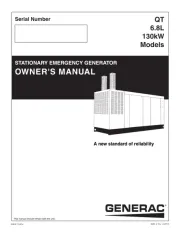
14 Augusti 2025
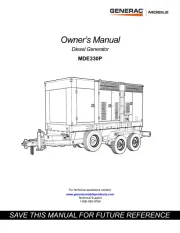
14 Augusti 2025
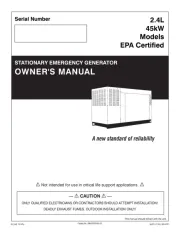
14 Augusti 2025
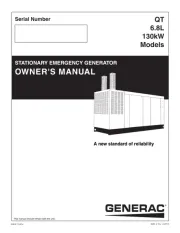
14 Augusti 2025
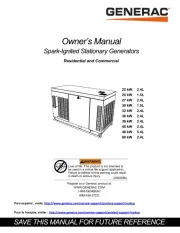
14 Augusti 2025
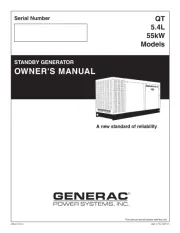
14 Augusti 2025
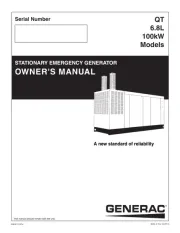
13 Augusti 2025
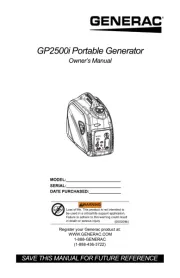
13 Augusti 2025
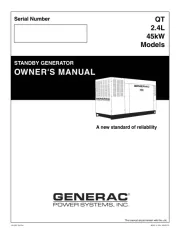
13 Augusti 2025
Generator Manualer
- Stromkraft
- Daewoo
- Blodgett
- Ferrex
- Anker
- Al-ko
- Tektronix
- Ozito
- Fuxtec
- Vetus
- Sun Joe
- Ribimex
- Innoliving
- Primo
- Powerspot
Nyaste Generator Manualer
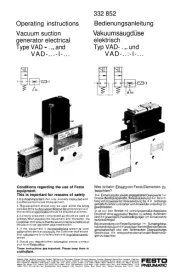
21 Oktober 2025
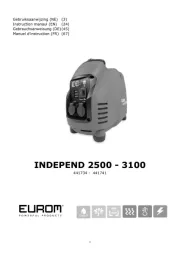
15 Oktober 2025
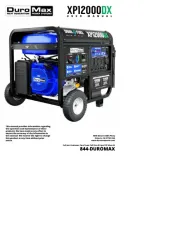
13 Oktober 2025
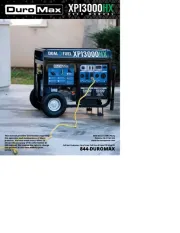
13 Oktober 2025
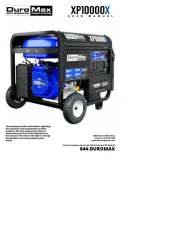
13 Oktober 2025
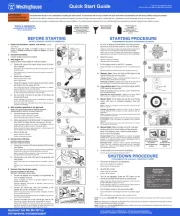
12 Oktober 2025
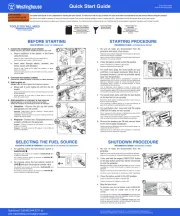
12 Oktober 2025
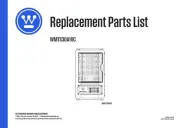
12 Oktober 2025
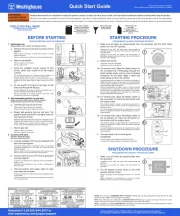
12 Oktober 2025
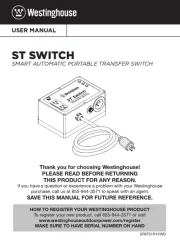
12 Oktober 2025